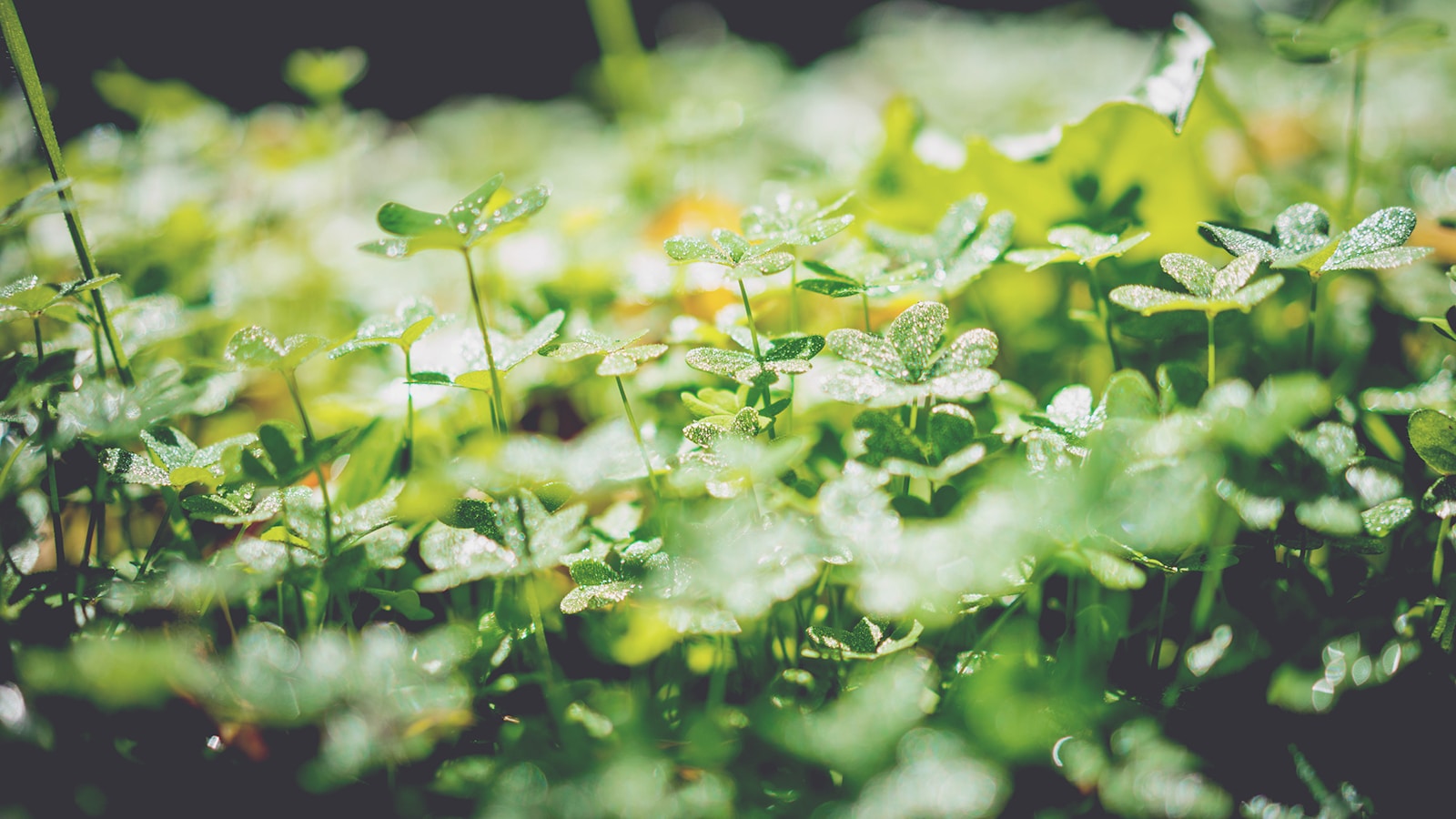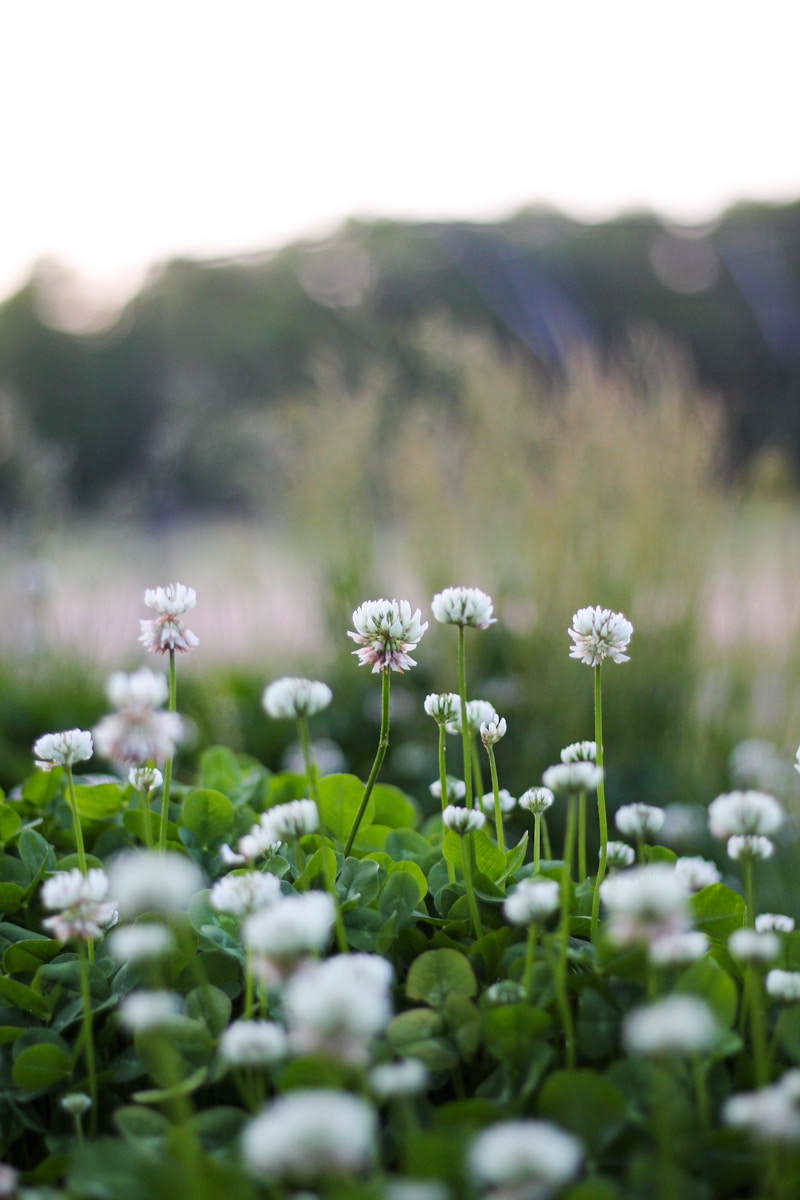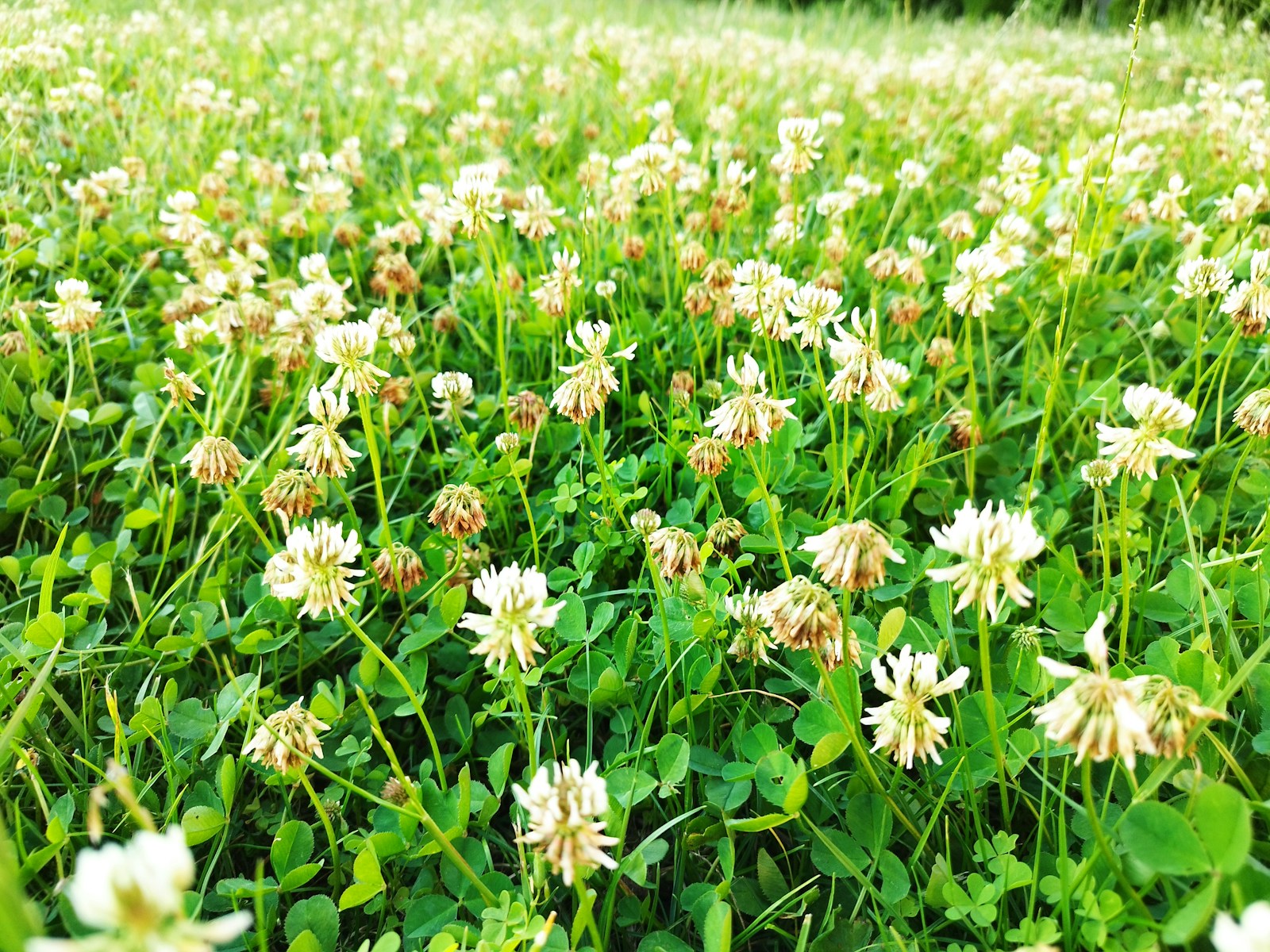Understanding Overseeding
Overseeding is a fundamental practice for maintaining a healthy and vibrant lawn. Whether your lawn is showing signs of wear and tear, experiencing patchiness, or simply needs a boost, overseeding can rejuvenate its appearance and improve its resilience. By introducing new grass seed into existing turf, overseeding fills in bare spots, thickens the lawn, and enhances its overall health.
Preparation and Planning
Before diving into overseeding, proper preparation is essential for success. Start by conducting a soil test to assess its nutrient levels and pH balance. This information will help you determine if any amendments are needed to create an optimal growing environment for new grass seed. Additionally, mow your lawn at a lower setting than usual to expose the soil and ensure better seed-to-soil contact.
Consider aerating your lawn prior to overseeding, especially if it suffers from compacted soil. Aeration loosens the soil, improves water and nutrient penetration, and enhances seed germination. After aerating, remove any debris, such as thatch or dead grass, to create a clean surface for overseeding.
Choosing the Right Seed
Selecting the appropriate grass seed is critical for achieving desired results. Factors such as climate, soil type, sun exposure, and intended use should influence your seed choice. Consult with local experts or extension offices to identify the best grass varieties for your region.
For overseeding, opt for a high-quality grass seed blend specifically formulated for your climate and soil conditions. Look for seeds labeled as “overseeding mixes” or “turf renovation blends,” as these often contain quick-establishing varieties ideal for overseeding projects.
Overseeding Techniques
Once you’ve prepared the soil and chosen the right seed, it’s time to start overseeding your lawn. Follow these steps for optimal results:
- Seed Distribution: Use a broadcast spreader or hand-held spreader to evenly distribute the grass seed across the lawn. Pay extra attention to bare or thin areas, ensuring adequate seed coverage.
- Seed-to-Soil Contact: To improve seed germination rates, ensure good seed-to-soil contact. Rake the seed lightly into the soil or use a lawn roller to press it firmly into the ground.
- Watering: Keep the newly seeded area consistently moist to promote germination. Water lightly and frequently, avoiding excessive saturation that could wash away seeds or promote fungal diseases.
- Fertilization: Consider applying a starter fertilizer after overseeding to provide essential nutrients for seedling growth. Choose a fertilizer with a balanced ratio of nitrogen, phosphorus, and potassium, tailored for new grass establishment.
- Maintenance: Monitor the newly seeded area closely and continue to water as needed to keep the soil moist until the grass seedlings establish. Avoid mowing until the new grass reaches a height of at least 3 inches to prevent damage.
Post-Overseeding Care
Once the new grass has established, shift your focus to ongoing maintenance to ensure long-term success. Follow these post-overseeding care tips:
- Mowing: Gradually transition to a regular mowing schedule, ensuring not to remove more than one-third of the grass blade length at a time.
- Fertilization: Implement a regular fertilization program to supply essential nutrients and promote healthy growth. Choose fertilizers specifically formulated for your grass type and follow recommended application rates.
- Weed Control: Keep an eye out for weeds and address them promptly to prevent competition with newly established grass. Use herbicides selectively and according to label instructions.
- Watering: Adjust your watering schedule based on weather conditions and seasonal changes. Deep, infrequent watering encourages deep root growth and helps the lawn withstand drought stress.
- Routine Maintenance: Regularly aerate, dethatch, and overseed your lawn as needed to maintain its health and vigor. Address any issues promptly to prevent them from escalating.
By following these guidelines and incorporating overseeding into your lawn care routine, you can achieve a lush, green lawn that enhances your outdoor living space for years to come. Remember to tailor your approach to your specific lawn conditions and consult with local experts for personalized recommendations.



